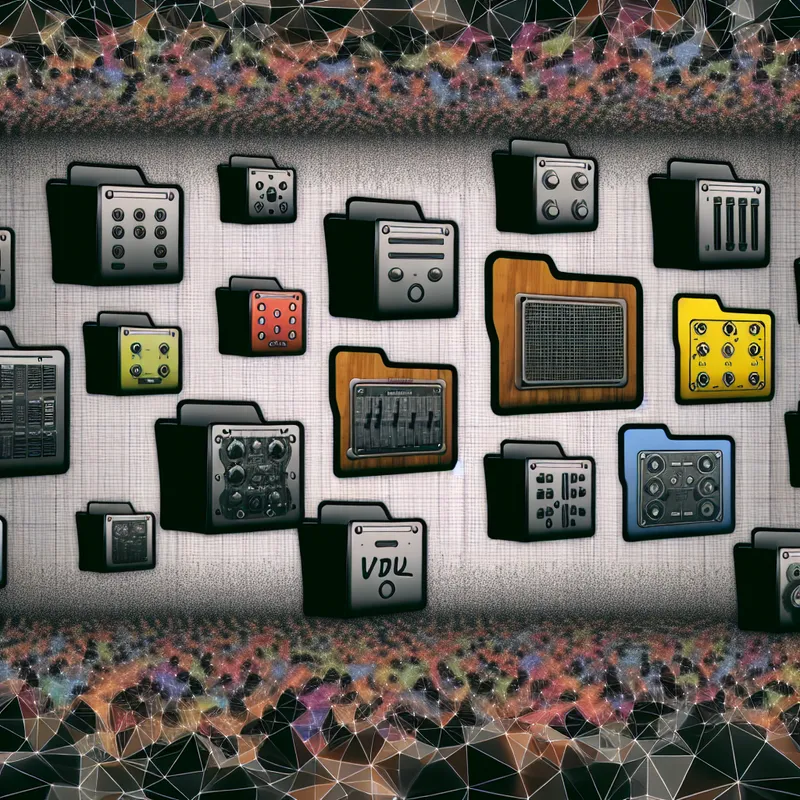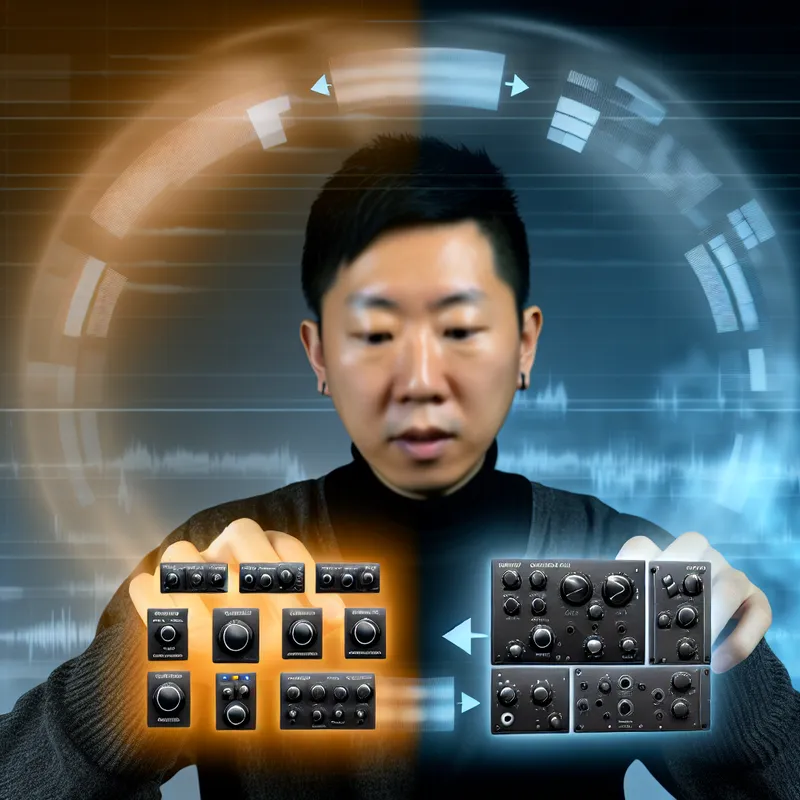Oh, the joys of opening an old project only to realize it’s riddled with errors because of those outdated VST2s! We’ve all been there, right? I’ve had my fair share of hair-pulling moments trying to figure out how to fix old projects with VST2. If you’ve ever spent hours tinkering with a track from yesteryears only to get slammed with compatibility issues, then you know exactly what I mean. But fear not—I’ve got some wisdom to share from my own rocky road to audio salvation.
Breaking Down the Problem
When you first hit play and the audio is more “ouch” than “ouch-yeah!”, it’s usually because your trusty plugins have gone the way of the dodo. So, how to fix old projects with VST2? Well, it’s a bit of detective work mixed with a pinch of patience. You might find yourself wondering, “Do I even remember installing these?!” Let’s face it, we all have plugins on our systems like clothes we never wear but can’t bring ourselves to get rid of.

Why Is This Happening?
You’re probably thinking, why does this happen in the first place? As technology advances, the audio software we use becomes more sophisticated, leaving older versions and their plugins scrambling for relevance. Those VST2 gems now seem more like forgotten relics.
Sometimes, the developers move on, other times we switch to a new system or software, or maybe, just maybe, we accidentally deleted something in one of those late-night cleaning frenzies. Whatever the case, it’s annoying, and for a while there, I felt like I needed a whole IT degree just to make a sound play again.
The Step-by-Step Rescue Mission
Alright, enough moaning! Let’s dig into how to fix old projects with VST2. Keep in mind, I’m not sure if every step will perfectly match your setup, but they worked wonders for me. Feel free to tweak them to suit your situation.
Step 1: Identify the MIA VST2 Plugins
First things first, start your DAW and open the project file that’s giving you grief. Take a deep breath—seeing all those red error messages is tough, but it’s part of the process. Go through your tracks and note down which plugins are missing. Don’t worry; this is detective work, not rocket science.
Tip: Jot them down in a note-taking app or old-school notepad. Just like a shopping list, it helps keep things simple and clear.
Step 2: The VST2 Archaeological Dig
Now, check if those VST2 plugins are still installed on your system. Sometimes they’re just hiding in a folder you’ve long since forgotten. If they’re missing, search your old backups or previous installation packages—if, like me, you scavenge old hard drives for nostalgia’s sake, you might strike gold.

Step 3: Update or Replace?
Here’s where you make a decision. If you find the old plugins, great! Reinstall them and cross your fingers they still play nice. If not, or if they’re buggy, look for modern equivalents or updates. Sometimes, third-party developers have released VST3 or even AU versions. Experiment with replacements and see if they enhance or alter your sound in pleasing ways.
Little Secret: Some plugins have fan communities that create unofficial updates. Google it—you’d be surprised what’s out there.

Step 4: Bridging the Gap
If updating isn’t an option, consider using a VST bridge. Tools like jBridge can help host older plugins within your DAW. There’s no shame in a good workaround. Sometimes technical issues call for a bit of cheating to get by.
Step 5: The Test Drive
Once you’ve either found, replaced, or bridged your plugins, it’s time for the real test. Play your project and see how it sounds. It might take a bit of tweaking, but you’re on the home stretch. Be prepared for surprises—sometimes things sound even better than before.
The Uncertainty Balance
While these steps usually help, sometimes things don’t go as planned. You might end up finding out that one plugin with the particular magic you need just isn’t available anymore. In these cases, I’ve had to rethink and redo parts of my tracks. It’s a bummer initially, but it often leads to a creative breakthrough. Funny how challenges can do that, huh?
Pro Tips and Tricks
Throughout my VST2 adventures, I’ve picked up a few tricks that might save you time:
- Version Check Regularly: Regularly checking the compatibility of your software might save you hassle. Keeping everything updated reduces the risks of incompatibility.
- Organize Your Plugins: Take time to organize them, categorize, and periodically clean up. It’s like alphabetizing your vinyl collection—tedious but gratifying.
- Backup Magic: Back up projects in multiple formats, especially when changing DAWs or systems. Trust me, it’ll save you a ton of headaches later.
Stumbling Blocks and Triumphs
Fixing old projects with VST2 can feel like you’re Indiana Jones navigating a temple of booby traps, but it can be fun—and seriously satisfying—too.
A Parting Thought
So there we are, the solution might involve a bit of trial and error, but once you know how to fix old projects with VST2, it’s like riding a bike. With each challenge, you learn a little more, and soon enough, it’s second nature. Just remember, sometimes the journey itself is just as rewarding as the destination. You think McCartney fixed all those tracks without a glitch? Exactly. So, dust off those old projects, and may your creativity flow unhindered! What do you think? Have you tried any other methods? Let me know how it goes.
